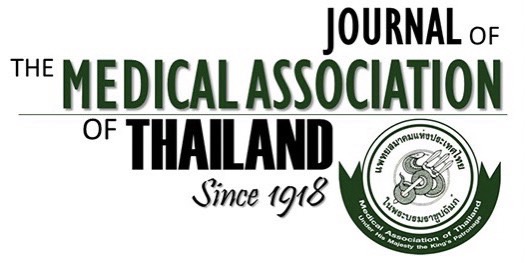Prognostic Value of Tumor Budding in Hepatocellular Carcinoma Patients: A Clinicopathologic Study
Thiyaphat Laohawetwanit¹,², Nathawadee Lerttanatum³, Natcha Wanpiyarat³
Affiliation : ¹ Division of Pathology, Chulabhorn International College of Medicine, Thammasat University, Pathumthani, Thailand; ² Division of Pathology, Thammasat University Hospital, Pathumthani, Thailand; ³ Department of Pathology, King Chulalongkorn Memorial Hospital, Bangkok, Thailand
Background: Hepatocellular carcinoma (HCC) is the most common primary liver cancer, characterized by evidence of hepatocytic differentiation. Tumor budding, defined by the presence of isolated single cancer cells or clusters of up to four cancer cells at the invasive front, has been regarded as an adverse prognostic factor for several solid tumors. It is a histologic finding that can be evaluated on hematoxylin and eosin (H&E)-stained slides. Data on its prognostic value in HCC is limited.
Objective: To assess the prognostic value of tumor budding in resected HCC patients at a tertiary hospital in Thailand.
Materials and Methods: A 6-year retrospective analysis of resected HCC was conducted. Tumor budding was evaluated following the recommendations provided by the International Tumor Budding Consensus Conference. To assess the quantity of tumor budding, the “hotspot” area method was used. Immunohistochemistry was used as an adjunct in morphologically confusing cases. Retrieved cases were classified into low-budding HCC (0 to 4 buds) and high-budding HCC (5 buds or more). Tumor budding status was evaluated with other prognostic parameters such as vascular invasion and multifocality.
Results: Fifty-eight cases of resected HCC, including 54 conventional HCC, three steatohepatitic HCC, and one macrotrabecular-massive HCC, were retrieved. Tumor budding could be identified in fibrocollagenous areas within 1 mm from the invasive front of HCC. High-grade tumor budding was associated with a higher rate of vascular invasion, multifocal tumors, and increased 3-year disease-specific mortality. Common histologic features resulting in over- and under-estimation of tumor budding were bile ductular proliferation in five cases (5.6%) and small amount of fibrocollagenous stroma in three cases (5.2%), respectively.
Conclusion: Tumor budding is an adverse prognostic factor in resected HCC. Although tumor budding can be evaluated on H&E-stained slides using immunohistochemistry as an adjunct, pathologists should be aware of several histologic that mimic and the limitations of assessing such a parameter.
Received 8 September 2023 | Revised 9 January 2024 | Accepted 10 January 2024
DOI: 10.35755/jmedassocthai.2024.1.13934
Keywords : Tumor budding; Histopathology; Hepatocellular carcinoma; Prognosis
All Articles
Download



